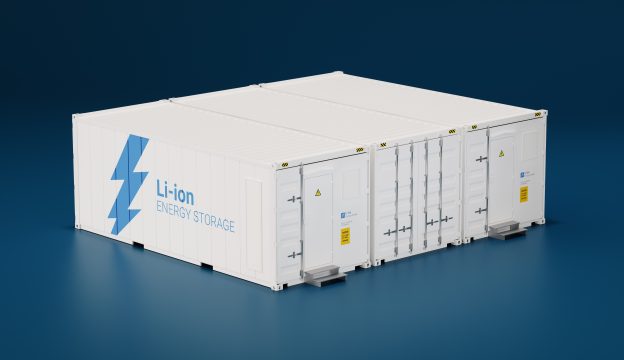Princeton University of the U.S. has developed a new waste-water treatment technology, capable of producing massive amount of hydrogen during process, via microbiological degradation and photoelectrochemistry.
The technology is meant to address the defect of existing waste-water treatment technologies, most environment-unfriendly, such as steam reforming, which utilizes steam and fossil fuel to produce hydrogen and carbon monoxide.
In Princeton University's technology, electrodes are put in solution which is subject to illumination, triggering electrochemical reaction for transforming solution into hydrogen.

(Photo courtesy of Princeton University)
The equipment contains a special compartment, wherein waste water is subject to decomposition via illumination, thanks to the function of black silicon cathode, similar to a cheese in shape, with multiple pores in various sizes.
Bacteria play a critical role in the waste-water treatment process, producing electric current when decomposing organic substances and thereby boosting the efficiency of water electrolysis. With the production of hydrogen for use as fuel, the treatment technology can reduce significantly environmental cost and waste-water treatment cost of oil refineries and chemical plants.
Zhiyong Jason Ren, professor of civil and environmental engineering at Princeton University, noted that test at a beer brewery attests to the capability of the equipment in producing hydrogen via decomposition of organic compounds.
The test shows that photocurrent record of the new equipment reaches as high as 23 mA per square centimeter and continuation of good performance of the equipment following over 90 hours of function, with Coulomb's efficiency topping 96-99%.
The is the first field application of photocatalysis in decomposing waste water, which was confined to tests using solution produced in laboratories or pure water. The latter confinement has greatly restricted the application of photocalalysis in hydrogen production in dry-weather countries, given the rarity of water resources there. The technology represents another major breakthrough in the technology for hydrogen production, following the use of seawater for hydrogen production by Stanford University.
The Princeton University team notes that the technology can attain energy neutrality at the minimum, skipping the use of any fossil fuel, despite limited output of hydrogen at present, adding that the equipment is applicable in households or factories, thanks to its modularized design, facilitating customized production.
(Collaborative media: TechNews, first photo courtesy of JOHN LLOYD via Flickr CC BY 2.0)







